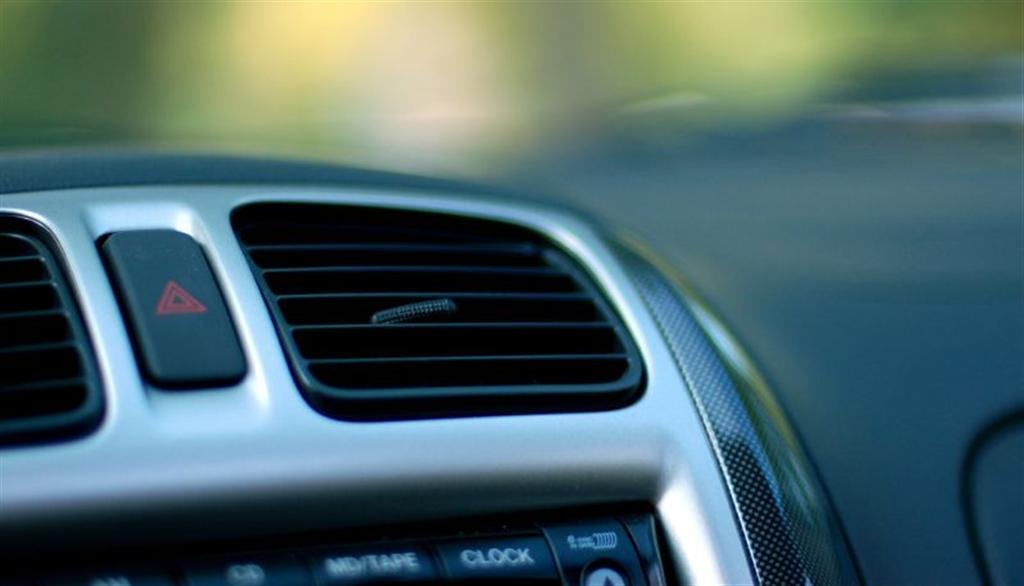At present, two major air conditioning systems are applied in the automobile industry-the expansion valve system and the fixed orifice tube system. The main difference between these two is the type of device that is used to lower the refrigerant pressure.
Expansion valve system:
Stage 1: This component is known as the compressor. It draws the low-pressure refrigerant from the evaporator into it and compresses it into a high-pressure refrigerant vapour, which is then sent on to the condenser. At this stage the low-pressure refrigerant vapour that arrives at the compressor is relatively cold but during the compression process the temperature of the vapour is greatly increased.
Stage 2: This component is known as the condenser. The hot high-pressure refrigerant vapour that the compressor has heated and pressurized enters the tap of the condenser and forces down through the tubes of this special heat exchanger. The heat that was absorbed by the refrigerant vapour from the interior of the automobile and also during the compressor process is then released to the atmosphere. The refrigerant temperature at the bottom of the evaporator is now considerably lower than that at the top and it condenses due to this lower temperature. It then exits the bottom of the condenser as a high-pressure liquid refrigerant with a relatively low temperature.
Stage 3: Whilst the refrigerant vapour is in the condenser it is being cooled by means of a fan blowing air across the fins of the condenser. This ensures even when the automobile is stationery cooling is still taking place due to the fan blowing air across it.
Stage 4: This component is known as the receiver/driver. This is where the liquid refrigerant from the condenser is collected and filtered and dried before it is sent further in the system. The vapourised refrigerant rises to the top of this component and the liquid refrigerant collects at the bottom and leaves through a central tube.
Stage 5: This component is known as the expansion valve. At this stage the high pressure liquid refrigerant arrives from the receiver/drier and a certain quantity is allowed enter the evaporator. This component is able to control the temperature of the refrigerant vapour that is exiting the evaporator and meters the amount of liquid refrigerant entering the evaporator in order to ensure complete evaporation of the refrigerant (liquid).
Stage 6: This component is known as the evaporator. This is where the refrigerant, which enters as a liquid and leaves as a gas absorbs the heat from the interior of the automobile. This happens since the warm air is forced over fins of the evaporator and causes the air to be cooled and in turn blown into the automobile interior. Relatively cold low-pressure refrigerant as a vapour leaves the evaporator. The moisture from the hot air being cooled on the evaporator and is drained away from the evaporator itself. The cycle then starts all over again
The fixed orifice tube system:
The fixed orifice tube system functions in exactly the same way as the expansion valve system, apart from one component. Instead of the expansion valve, this system has got a fixed orifice tube for Stage 4 instead of Stage 5. The fixed orifice tube has got the same function as the expansion valve, to allow a metered quantity of high-pressure liquid refrigerant into the evaporator. Instead of the drier being placed in front of the expansion valve/orifice tube in this air conditioning system, it is placed after the evaporator. This is done because the orifice tube before the evaporator is of a fixed size and it cannot verify that the refrigerant leaving the evaporator has been completely vapourised. On entering the accumulator/drier it is allowed to evaporate completely before being forced on to the compressor. It is also dried at this stage of the system. The accumulator/drier is placed strategically in this place since any liquid refrigerant would damage the compressor.

Which type of air conditioning system is your car equipped with?
by
Tags:
